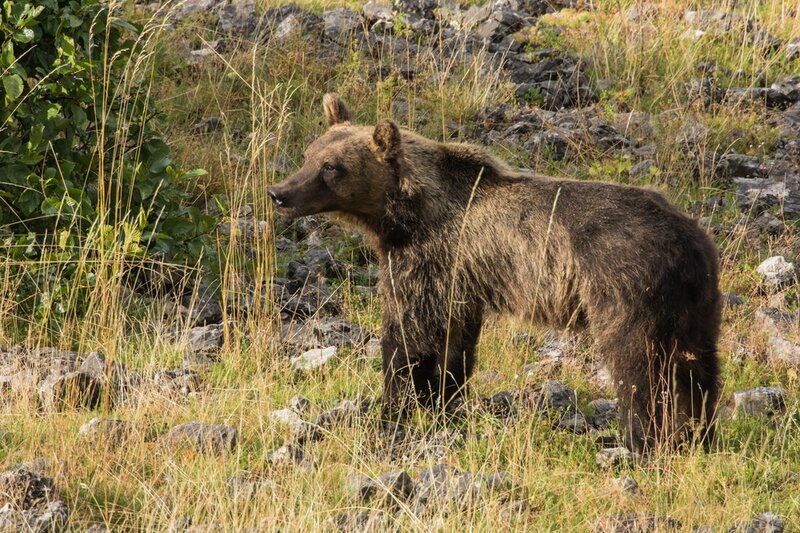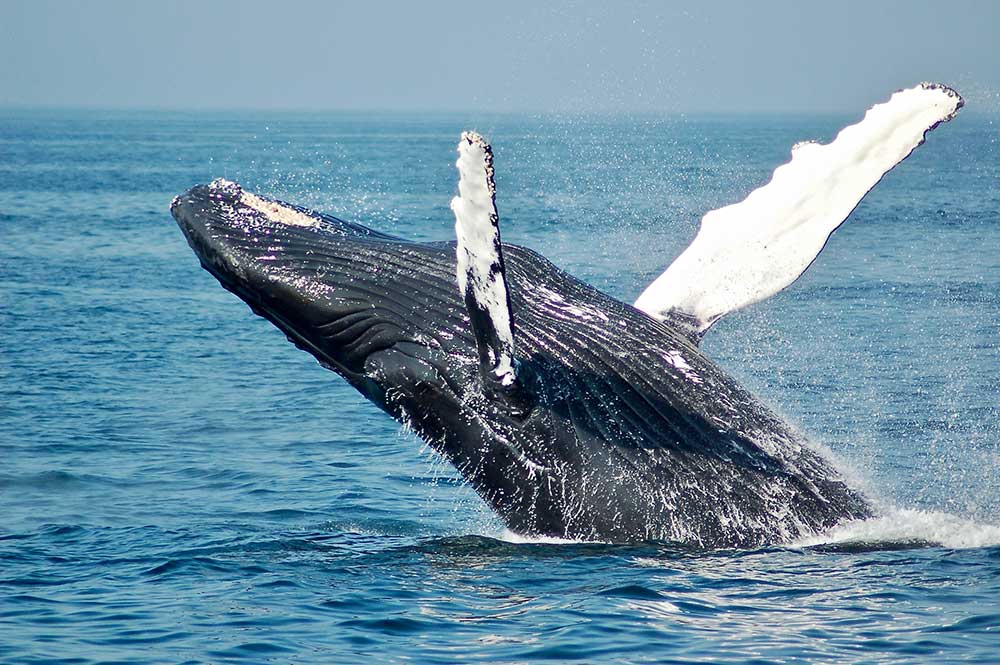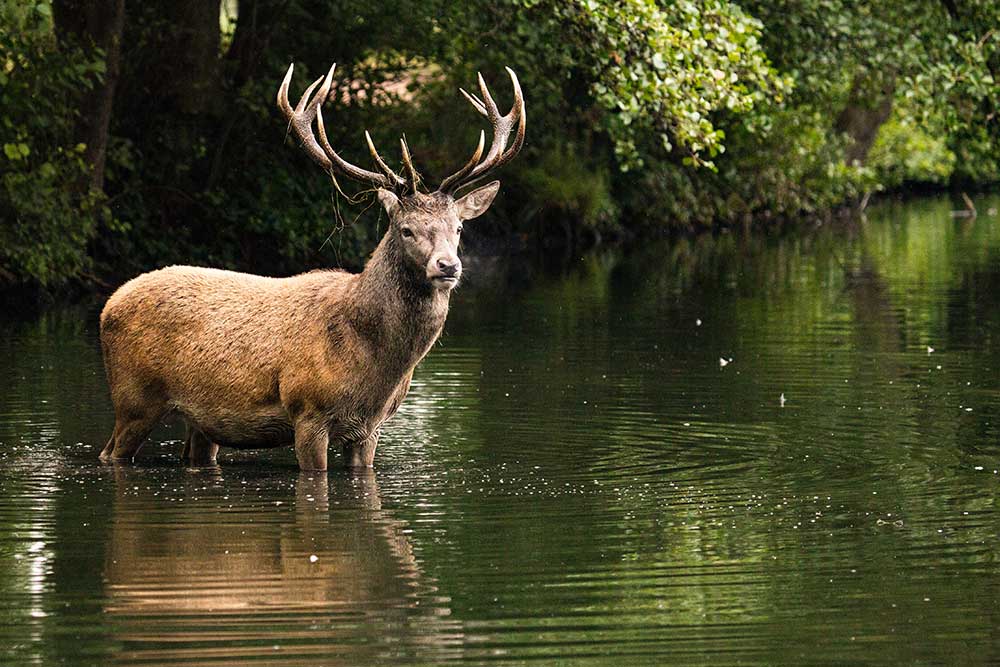Description
Our landscape has been rewilding over the last 100 years due to land abandonment, depopulation and various reintroductions projects. As of today, our area is a combination of different habitats and land management practices, crossing both national and regional parks (33% of the region) and corridor areaa. It is home to some endangered species, such as the Marsican brown bear (only 60 left), which is one of the target species of Rewilding Apennines through the bear-smart community initiative. At the same time, biodiversity strives through the length of great artisanal productions, such as local grape varieties wine (montepulciano and trebbiano), raw milk cheese (mostly sheep and goat) and extensive livestock farming (lamb, pork and beef).
Central Apennines it often called as the “wild heart of Italy"
Motivation
Our role as an NGO is to provide new tools which can inspire both local tourism providers to embrace our vision and inspire new conscious travellers to visit the area. We believe the WHA status could be a further step to push against the walls of conventional tourism practices and enrich the bear smart community initiative, giving international visibility to this model.
Boundary Map
Species or habitats
The Marsican brown bear is a subspecies of brown bear that only exists in this central part of Italy. Since at least the 15th Century, the bears have been embedded in the traditions, stories, and life of the Apennines’ rural communities. However, due to habitat loss and human-wildlife conflict there are only 60 left in the world, making them critically endangered.
Area Features
Marsican brown bear (Ursus arctos marsicanus) - Species
Stability
The last official count was done in 2014 and there are encouraging signs that the population is expanding such as an increase of individuals being seen outside of the core area, as well as the sighting of females with cubs in new territories. Nonetheless, mortality rate among cubs is still high (51%) and anthropogenic sources are still very much at the heart of cause of mortality.
Threats
Main threats relate to anthropogenic sources, such as poaching, poisoning and road collisions. To a larger extent, the lack of good practices in place can lead to conflicts with so-called confident bears, creating tension in the population and fostering prejudices towards this endangered species - as recently seen with the world known bear Juan Carrito, one of the four cubs of Amarena. Despite a long history of coexistence, there is a lack of in-depth understanding of bear prevention measures especially in newly or to be colonised areas.
Actions taken for protection
Rewilding Apennines, together with a partner NGO Salviamo l’Orso, has been developing the first bear smart community initiative in Europe, starting in the municipality of Pettorano sul Gizio in 2015, after the illegal killing of an adult bear. Thanks to the positive impact and a gradual recognition by other local stakeholders, the initiative is now being scaled up across 16 municipalities, involving both public and private actors. The bear smart approach translates in the creation of a bear assessment plan, where potential threats are mapped, and opportunities to prevent and mitigate conflict are developed with the participation of the whole community. Some of the actions include the installation of electric fencing, the pruning of abandoned fruit trees away from human settlements to increase food availability and installation of bear-proof garbage bins.
Community Importance
The presence of the Marsican brown bear subspecies dates back to the 1500th: they are embodied in the traditions, stories and life of these marginal communities. Through their existence they provide cultural ecosystem services and economic benefits to the local communities, with hundreds of people travelling every year to central Apennines to experience this wild environment. From “purely” a commercial perspective, a recent study (Tattoni et al. 2023) has estimated that the advertisement value (between 2015 and 2020) of the Marsican brown bear adds up to 11 millions euros, contributing to increase the visibility of the area as a “wild” destination.
Wildlife Watching Guidelines
Rewilding Apennines is trying to move away from a “classic” wildlife watching approach by inspiring travellers to rather focus on the vibrant and dynamic landscape elements - including wildlife signs of presence - which truly shape the identity of this region. It’s not the wildlife observation per-sè that we aim to encourage, rather the immersive experience into a landscape where ancient footpaths blend with a passive rewilding process.
Almost 33% of the regional area is covered by protected areas, with different levels of protection in place divided according to land management practices and types of habitats. In this context,we provide manuals on how to behave when encountering bears in the wild and are promoting a “rewilding” manifesto with best practices to adopt.
Fact 1
The Marsican brown bear (Ursus arctos marsicanus) is a unique subspecies of brown bear that can only be found in a restricted area of the Central Apennines, with around 60 individuals left.
Fact 2
It is therefore classified as “critically endangered” by the International Union for Conservation of Nature (IUCN). For these reasons it is protected by Italian and European legislation.
Fact 3
It is considered an umbrella species, which are important to design conservation strategies as by protecting these species we can indirectly protect many other species which are part of the same habitat.
Mountain pastures - Species
Stability
The local socio-economic culture and the landscape have been shaped in the past by transhumance practices, through the impact of seasonal pastures - nomadic shepherds used to migrate from Abruzzo to Puglia according to temperatures and environmental conditions. With lands being abandoned and loss of traditional practices, open habitats are disappearing. While closed habitats are important for some iconic species, such as the Marsican brown bear, it is also important to highlight that open habitats are crucial for kinds of pollinators, which might be considered less attractive but equally important.
Threats
The threats are related to conventional land management practices which do not take into account a landscape & biodiversity approach. In Italy, common rights schemes are the main financial tools that municipalities have to generate income: these rights are embodied into our culture but, more often than not, do not take into account climate and biodiversity needs.
Actions taken for protection
Rewilding Apennines is a hands-on organisation which work side-by-side local communities to prevent and mitigate wildlife conflicts. This translate into ensuring that people - including shepherds, beekeepers, farmers - can continue to work their land, and hence maintain these open habitats, by reacting quickly to wildlife conflicts, especially outside protected areas. Our focus is, infact, on the so-called corridor areas, where no compensation scheme are in place such as in protected areas.
Community Importance
Open habitats are important as they contribute to enrich the mosaic of habitats in the region and they host a vast number of vegetal and animal species. They also provide food - in the Apennines you mostly find extensive grazing farms, mountain crops, pulses - and cultural and recreational services to travellers.
Wildlife Watching Guidelines
Rewilding Tourism Manifesto;
Best smart community manual;
Fact 1
Two hours from Rome.
Fact 2
Wild heart of Italy.
Fact 3
Home to some keystone species, such as the marsican brown bear, the griffon vultures and the white clawed crayfish.
Management Plan
Management Plan File
Steering Committee
Overview
- Title
- Apennines Marsican Bear Heritage Area
- Level
- Candidate
- Name Location
- Apennines, Italy
- Name Species Group
- Bear
- Name Habitat Group
- Mountain
- Country
- ITA
- Approximate size (sq km)
- 1100



